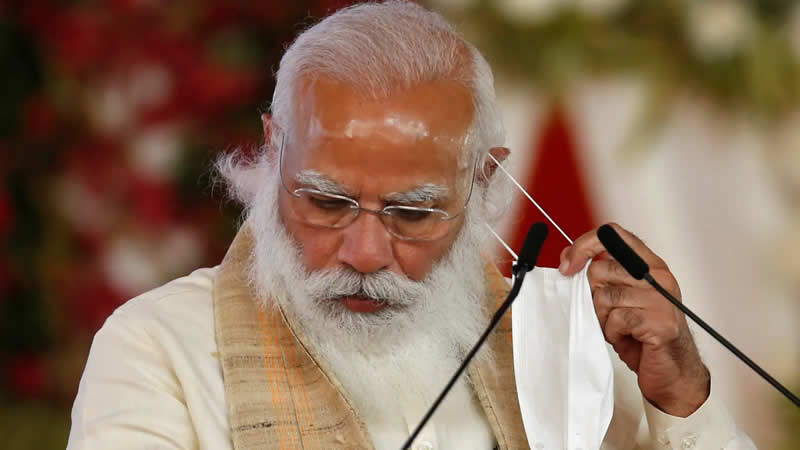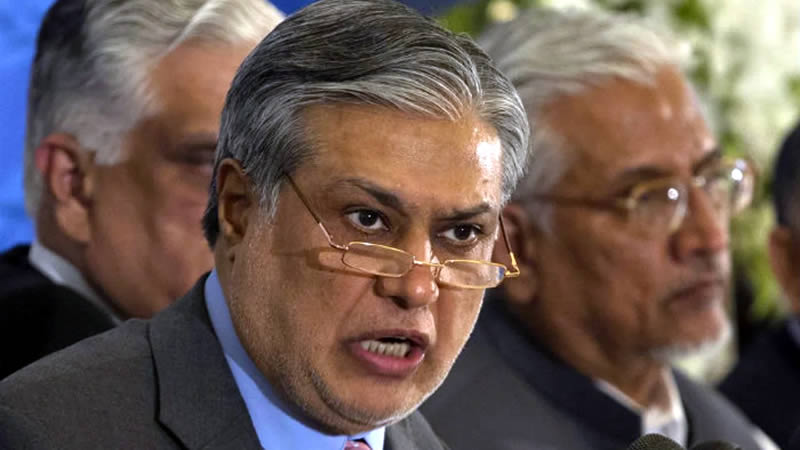 NEW YORK: Prominent Indian author and social activist Arundhati Roy has criticized President Barack Obama for not speaking out on the gross human rights violations in Indian-occupied Kashmir, saying India’s military domination ought not to be confused with a political victory. “Ordinary people armed with nothing but their fury have risen up against the Indian security forces,” she said in an article published in The New York Times on Tuesday, a day after The U.S. concluded his 3-day visit to India.“A whole generation of young people who have grown up in a grid of checkpoints, bunkers, army camps and interrogation centers, whose childhood was spent witnessing ‘catch and kill’ operations, whose imaginations are imbued with spies, informers, ‘unidentified gunmen,’ intelligence operatives and rigged elections, has lost its patience as well as its fear,” the award-winning author said of her visit to Kashmir ten days ago.
NEW YORK: Prominent Indian author and social activist Arundhati Roy has criticized President Barack Obama for not speaking out on the gross human rights violations in Indian-occupied Kashmir, saying India’s military domination ought not to be confused with a political victory. “Ordinary people armed with nothing but their fury have risen up against the Indian security forces,” she said in an article published in The New York Times on Tuesday, a day after The U.S. concluded his 3-day visit to India.“A whole generation of young people who have grown up in a grid of checkpoints, bunkers, army camps and interrogation centers, whose childhood was spent witnessing ‘catch and kill’ operations, whose imaginations are imbued with spies, informers, ‘unidentified gunmen,’ intelligence operatives and rigged elections, has lost its patience as well as its fear,” the award-winning author said of her visit to Kashmir ten days ago.
“With an almost mad courage, Kashmir’s young have faced down armed soldiers and taken back their streets,” said the article: Kashmir’s Fruits of Discord. At the start of her op-ed piece in The Times, Ms. Roy said: “A week before he was elected in 2008, President Obama said that solving the dispute over Kashmir’s struggle for self-determination “ which has led to three wars between India and Pakistan since 1947” would be among his “critical tasks.” His remarks were greeted with consternation in India , and he has said almost nothing about Kashmir since then.“But on Monday, during his visit here, he pleased his hosts immensely by saying the United States would not intervene in Kashmir and announcing his support for India’s seat on the United Nations Security Council. While he spoke eloquently about threats of terrorism, he kept quiet about human rights abuses in Kashmir .
“Whether Mr. Obama decides to change his position on Kashmir again depends on several factors: how the war in Afghanistan is going, how much help the United States needs from Pakistan and whether the government of India goes aircraft shopping this winter. (An order for 10 Boeing C-17 Globemaster III aircraft, worth $5.8 billion, among other huge business deals in the pipeline,may ensure the president’s silence.) But neither Mr. Obama’s silence nor his intervention is likely to make the people in Kashmir drop the stones in their hands.” Recording her impressions of the visit, Ms. Roy said, “The atmosphere on the highway between Kashmir’s capital, Srinagar , and my destination, the little apple town of Shopian in the south, was tense. Groups of soldiers were deployed along the highway, in the orchards, in the fields, on the rooftops and outside shops in the little market squares. Despite months of curfew, the ‘stone pelters’ calling for ‘azadi’ (freedom), inspired by the Palestinian intifada, were out again. Some stretches of the highway were covered with so many of these stones that you needed an S.U.V. to drive over them. “Fortunately the friends I was with knew alternative routes down the back lanes and village roads. The ‘longcut’ gave me the time to listen to their stories of this year’s uprising.
The youngest, still a boy, told us that when three of his friends were arrested for throwing stones, the police pulled out their fingernails every nail, on both hands. “For three years in a row now, Kashmiris have been in the streets, protesting what they see as India’s violent occupation.The Indian Army estimates that there are fewer than 500 militants operating in the Kashmir Valley today. The war has left 70,000 dead and tens of thousands debilitated by torture. Many, many thousands have ‘disappeared.’ More than 200,000 Kashmiri Hindus have fled the valley. Though the number of militants has come down, the number of Indian soldiers deployed remains undiminished… “Since April, when the army killed three civilians and then passed them off as “terrorists”, masked stone throwers, most of them students, have brought life in Kashmir to a grinding halt. The Indian government has retaliated with bullets, curfew and censorship.
Just in the last few months, 111 people have been killed, most of them teenagers; more than 3,000 have been wounded and 1,000 arrested. “But still they come out, the young, and throw stones. They don’t seem to have leaders or belong to a political party. They represent themselves. And suddenly the second-largest standing army in the world doesn’t quite know what to do. The Indian government doesn’t know whom to negotiate with. And many Indians are slowly realizing they have been lied to for decades. The once solid consensus on Kashmir suddenly seems a little fragile. “I was in a bit of trouble the morning we drove to Shopian. A few days earlier, at a public meeting in Delhi , I said that Kashmir was disputed territory and, contrary to the Indian government’s claims, it couldn’t be called an “integral” part of India.Outraged politicians and news anchors demanded that I be arrested for sedition. The government, terrified of being seen as “soft,” issued threatening statements, and the situation escalated. Day after day, on prime-time news, I was being called a traitor, a white-collar terrorist and several other names reserved for insubordinate women. But sitting in that car on the road to Shopian, listening to my friends, I could not bring myself to regret what I had said in Delhi… “Indian nationalists and the government seem to believe that they can fortify their idea of a resurgent India with a combination of bullying and Boeing airplanes. But they don’t understand the subversive strength of warm, boiled eggs.” – App










